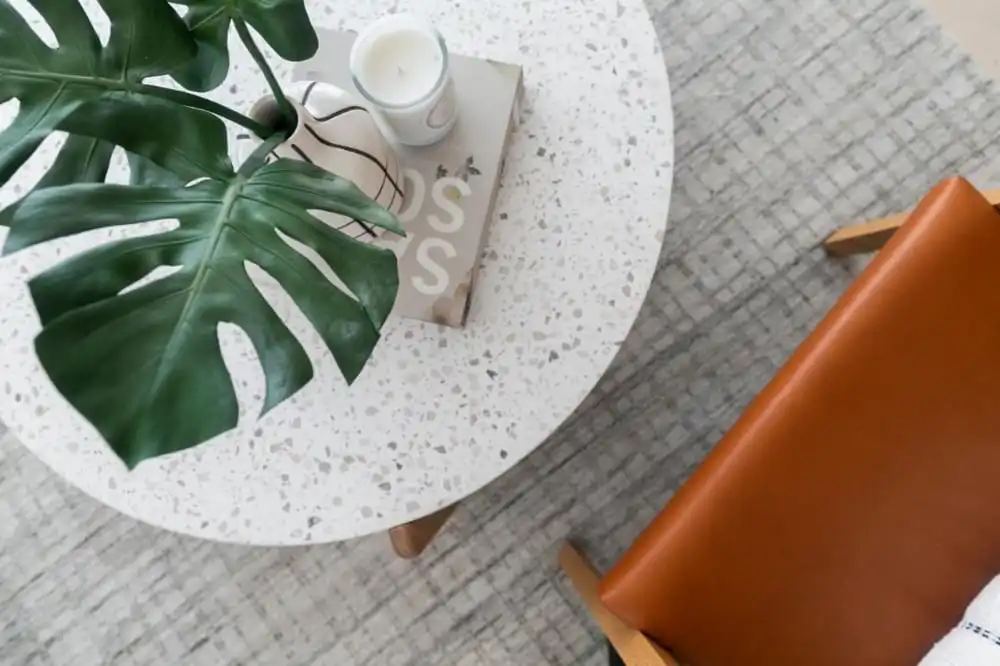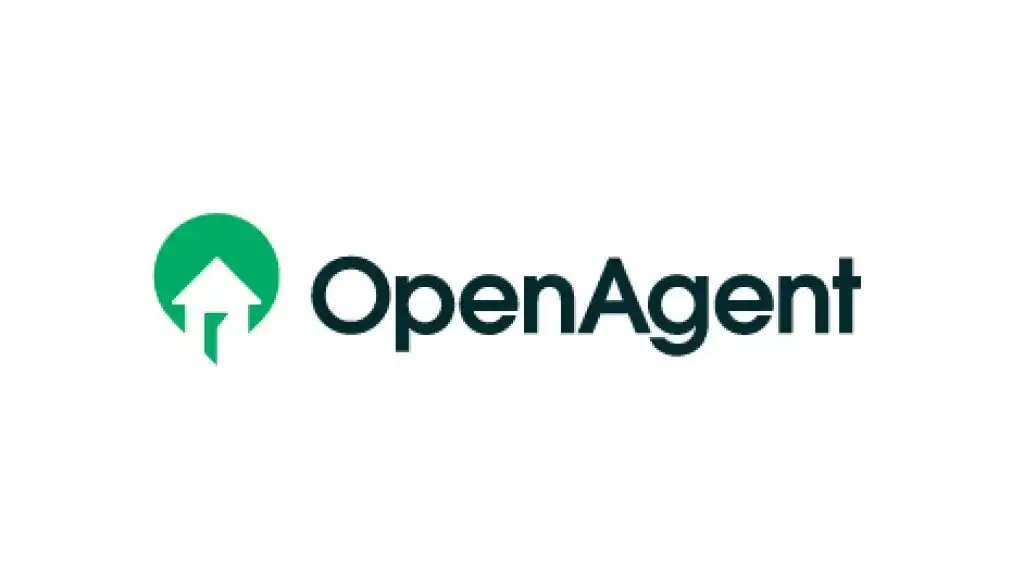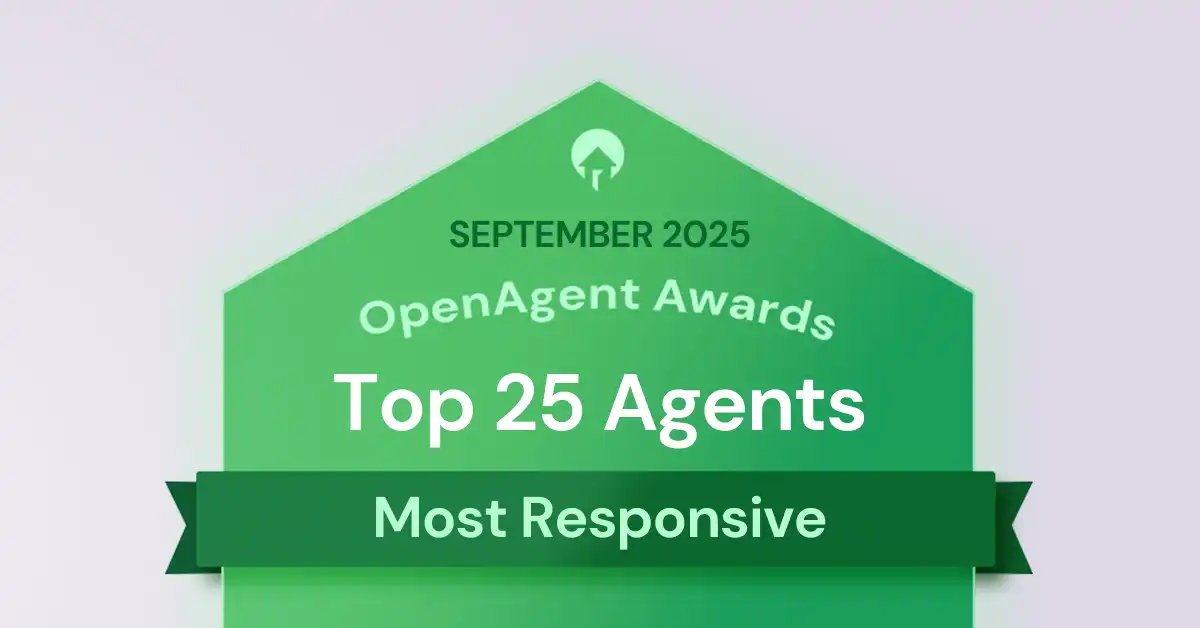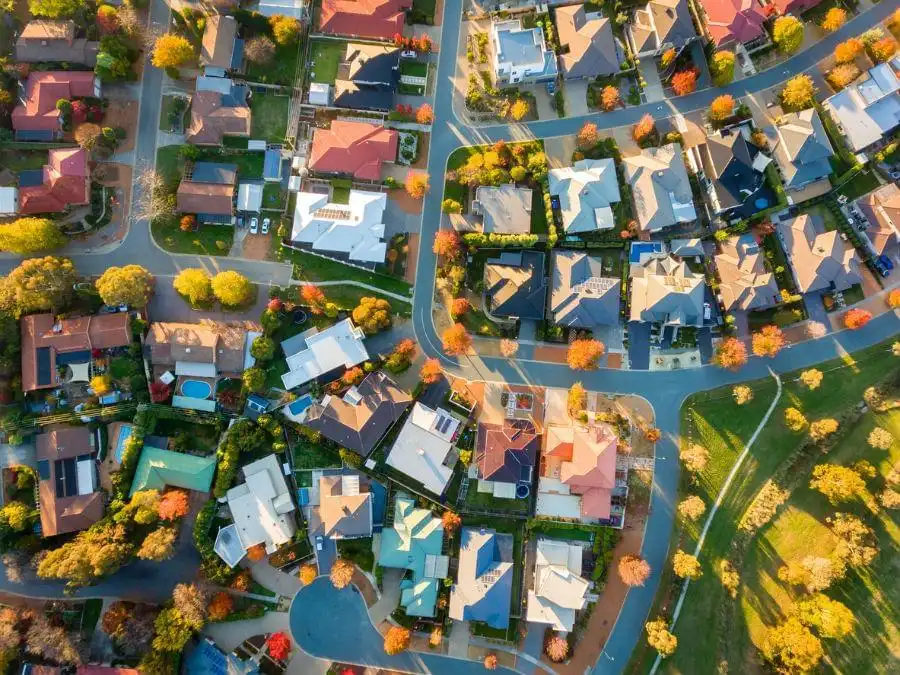Best suburbs to invest in Melbourne 2026
Thinking of buying property in Melbourne in 2026?
Melbourne’s real estate market has had some downturns over the last few years. Fortunately, after an interest rate-cutting cycle began in February, property prices have turned around. As a result, the outlook is brighter.
Let’s look at how the market performed in 2025 before considering some expert predictions for Melbourne housing prices for the rest of 2026.
What did the Melbourne property market look like in 2025?
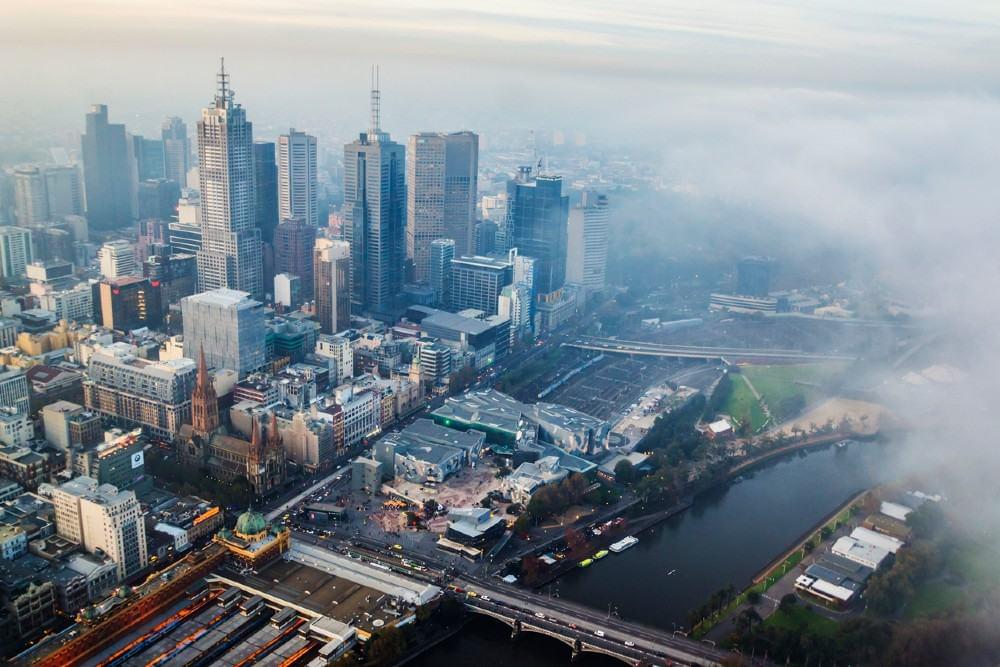
The Melbourne property market experienced a growth of 3.3 per cent in the 12 months to October 2025, according to Cotality data. This was notably lower than the national average growth of 6.1 per cent for the same period.
In terms of housing types, houses in Melbourne saw an annual growth rate of 4.0 per cent, with the median house value reaching approximately $974,000. Units, on the other hand, had a more modest annual growth of 1.5 per cent, with a median value of around $637,000. The quarterly growth figures indicated a consistent performance for both houses and units, with conditions improving later in the year.
Sales volumes in Melbourne increased compared to the previous year, driven by strong buyer demand. However, the number of new listings remained relatively low, contributing to a competitive market environment. The rental market in Melbourne showed resilience, with gross yields for all dwellings at 3.6 per cent. Vacancy rates remained tight, reflecting a strong demand for rental properties.
Overall, 2025 saw Melbourne’s housing market move into recovery mode – not a boom, but a steady upswing – underpinned by rate relief, population growth, tight supply, and returning buyer confidence, with the city’s lingering affordability (by Australian standards) making it especially attractive in a high-priced national context.
Melbourne property market forecast and price predictions 2026
The Melbourne property market is set for a notable rebound in 2026, with forecasts indicating a strong recovery following recent downturns. Nationally, the major banks predict a rise in home values, with Westpac being particularly optimistic, projecting a +10 per cent increase for Melbourne. This is a significant upgrade from their earlier predictions, reflecting Melbourne's potential to catch up after underperforming in previous cycles.
Interest rate cuts in 2025 have been a pivotal factor in boosting buyer demand, with further reductions expected in early 2026. This monetary easing is anticipated to enhance borrowing capacity, supporting Melbourne's property market. However, the Commonwealth Bank remains cautious, forecasting a more modest +4 per cent growth, citing affordability constraints as a limiting factor.
Melbourne's housing supply dynamics are also shifting. While the city had a relatively higher inventory compared to other capitals, recent trends show a tightening in listings, which could drive prices up if demand continues to rise. This potential scarcity, combined with Melbourne's renewed population growth, positions the city for a strong performance in 2026.
Investor sentiment is improving, with expectations of rising rents and capital growth attracting more interest. Despite Victoria's investor land taxes, the potential for better returns is drawing investors back to the market. As Sally Tindall from Canstar noted, "Melbourne is shaping up as the comeback city in 2026," presenting both opportunities and challenges for investors and first-home buyers.
Overall, Melbourne's property market predictions for 2026 suggest a year of recovery and growth, driven by favourable interest rates, tightening supply, and increased buyer confidence. While affordability remains a concern, the city's potential for a "slingshot" recovery makes it an attractive prospect for investors looking to capitalise on the upswing.
What are the best suburbs to invest in Melbourne in 2026?
We've put together a list of ten of Melbourne's top investment suburbs for 2026 according to OpenAgent analysis of short-term and long-term growth patterns, listing activity, selling speed and rental yields.
Blairgowrie, VIC 3942
Blairgowrie, located on the picturesque Mornington Peninsula, boasts a median house price of $1,400,250, reflecting a significant 12-month growth of +16.8 per cent. Over five years, the suburb has achieved an impressive +53.9 per cent growth. With its attractive lifestyle offerings, including close proximity to stunning beaches and natural reserves, Blairgowrie continues to be a sought-after location for sea-change buyers. The suburb provides a gross rental yield of 2.5 per cent, catering more to those investors seeking long-term capital appreciation within a tranquil coastal setting.
Clifton Hill, VIC 3068
Clifton Hill stands out with a median unit price of $870,000 and impressive 12-month growth of +18.8 per cent, showing its strength in the inner city suburbs. Over five years, prices have surged +40.8 per cent. Positioned close to the city, Clifton Hill is renowned for its village-like atmosphere and is part of the Yarra City Council, which provides a wealth of community-focused amenities. Investors can anticipate a gross rental yield of 4.9 per cent, which reflects solid rental demand driven by its desirable location near parks and schools.
Mernda, VIC 3754
With a median unit price of $545,500, Mernda has shown a steady 12-month growth of +12.6 per cent. The suburb's real appeal lies in its robust five-year growth of +42.6 per cent, marking it as a thriving outer suburb. Mernda features an array of new housing estates and convenient access to rail services, connecting residents to Melbourne's CBD. This makes it a prime target for young families and first-time buyers, alongside a reasonable rental yield of 4.4 per cent.
Bonbeach, VIC 3196
Bonbeach, with a median unit price of $795,000, experienced 12.4 per cent growth over the past year. The suburb is popular for its seaside charm and easy access to one of Melbourne's beautiful beaches, making it a preferred place for both lifestyle living and retirement. Five-year growth at +34.7 per cent further underscores its potential as an investment suburb. Bonbeach is connected by the Frankston train line, making commutes to the city feasible, and offers a rental yield of 4.2 per cent, appealing to investors seeking rental income.
Bittern, VIC 3918
Bittern offers a more rural lifestyle with a median house price of $942,500, supported by a substantial five-year growth of +46.7 per cent. This quaint suburb is part of the Mornington Peninsula’s blend of rural and coastal living, attracting those who appreciate the outdoors. The one-year growth of +10.2 per cent reflects its increasing desirability. A rental yield of 3.6 per cent makes Bittern a lucrative option for those looking to invest long-term in the peaceful outskirts of Melbourne.
Pascoe Vale, VIC 3044
With a median house price of $1,175,000, Pascoe Vale is a notable suburb for those seeking strong growth figures, marked by a +15.2 per cent annual rise. Its central location and family-friendly nature appeal to professional families. Over five years, the suburb achieved a +31.7 per cent increase in property values. Accessibility to Citylink and public transportation strengthens its appeal, offering a rental yield of 3.9 per cent to investors capitalising on both growth and rental returns.
Strathmore, VIC 3041
Boasting a median house price of $1,645,000, Strathmore reflects growth with a yearly increase of +17.8 per cent and a strong community-centric infrastructure. It has shown a +25.6 per cent increase over five years, bolstered by quality schools and parks. As a suburb preferred by established families, its peaceful environment and proximity to Essendon Fields and Citylink make it an appealing choice for buyers and investors alike. The suburb's appeal is reinforced by its steady rental yield of 2.6 per cent.
Gembrook, VIC 3783
Gembrook's median house price of $970,000 demonstrates robust five-year growth of +51.6 per cent, with a smaller yearly gain of +6.4 per cent. Known for its picturesque setting near the Dandenong Ranges, Gembrook attracts buyers seeking a country lifestyle within commuting distance to Melbourne. The locality offers a rental yield of 3.1 per cent, attractive to investors looking for homes with spacious properties at a premium location.
Hallam, VIC 3803
As an affordable suburb, Hallam features a median unit price of $590,000 with a milder growth of +6.3 per cent annually but impressive five-year growth of +36.9 per cent. This growth is aided by its accessibility to transportation hubs and proximity to Dandenong, a vibrant employment centre. Offering a competitive rental yield of 4.3 per cent, Hallam proves to be a strong choice for investors focusing on long-term capital appreciation.
Coburg, VIC 3058
Coburg's vibrant multicultural community is reflected in its stable property market, with units priced at a median of $630,000. Experiencing 12-month growth of +10.8 per cent, and a more modest five-year gain of +18.9 per cent, Coburg is enriched by its proximity to the inner north, cultural hotspots, and food markets. It is well-connected by tramlines and provides an attractive rental yield of 5.1 per cent, appealing to those seeking a sound rental market.
Disclaimer: Rankings use OpenAgent’s internal weighted scoring of price growth, days on market, listings and indicative yield. General information only—not financial advice; figures are estimates; past performance is not reliable. Always seek independent advice.
Frequently asked questions about best suburbs to invest in Melbourne
Is it worth buying an investment property in Melbourne?
Though Melbourne has seen downturns over the last couple of years, economists from KPMG, Westpac and Oxford Economics are all predicting prices to start to see growth in 2025 that continues into 2026 and 2027.
Westpac predicts a +7.0 per cent rise in dwelling values across capital cities in 2026, with Melbourne likely to outperform the rest.
House prices are expected to rise +3.5 per cent in 2025 and +6.0 per cent in 2026, according to KPMG. Oxford Economics forecasts house prices will reach $1.28 million by mid-2027, marking a 21.0 per cent increase.
Meanwhile, unit prices are also set to climb, with growth of +4.7 per cent in 2025 and +7.1 per cent in 2026 — the strongest of any capital city. By June 2027, Melbourne unit prices are projected to hit $780,000, a 20.0 per cent increase from current levels.
What suburbs in Melbourne have the highest rental demand?
Suburbs in Melbourne with the lowest vacancy rates include Bayswater (0.4%), Diamond Creek (0.5%), Ringwood (0.5%), Collingwood (0.6%), St Helena (0.6%), Montmorency (0.6%), Chirnside Park (0.6%).
Other suburbs with low vacancy rates that we’ve identified as investment-worthy suburbs for 2025 include Coburg (0.8%), Ferntree Gully (0.9%) and Altona North (1.2%). These areas provide a mix of high rental demand, strong returns and potential for capital growth.



